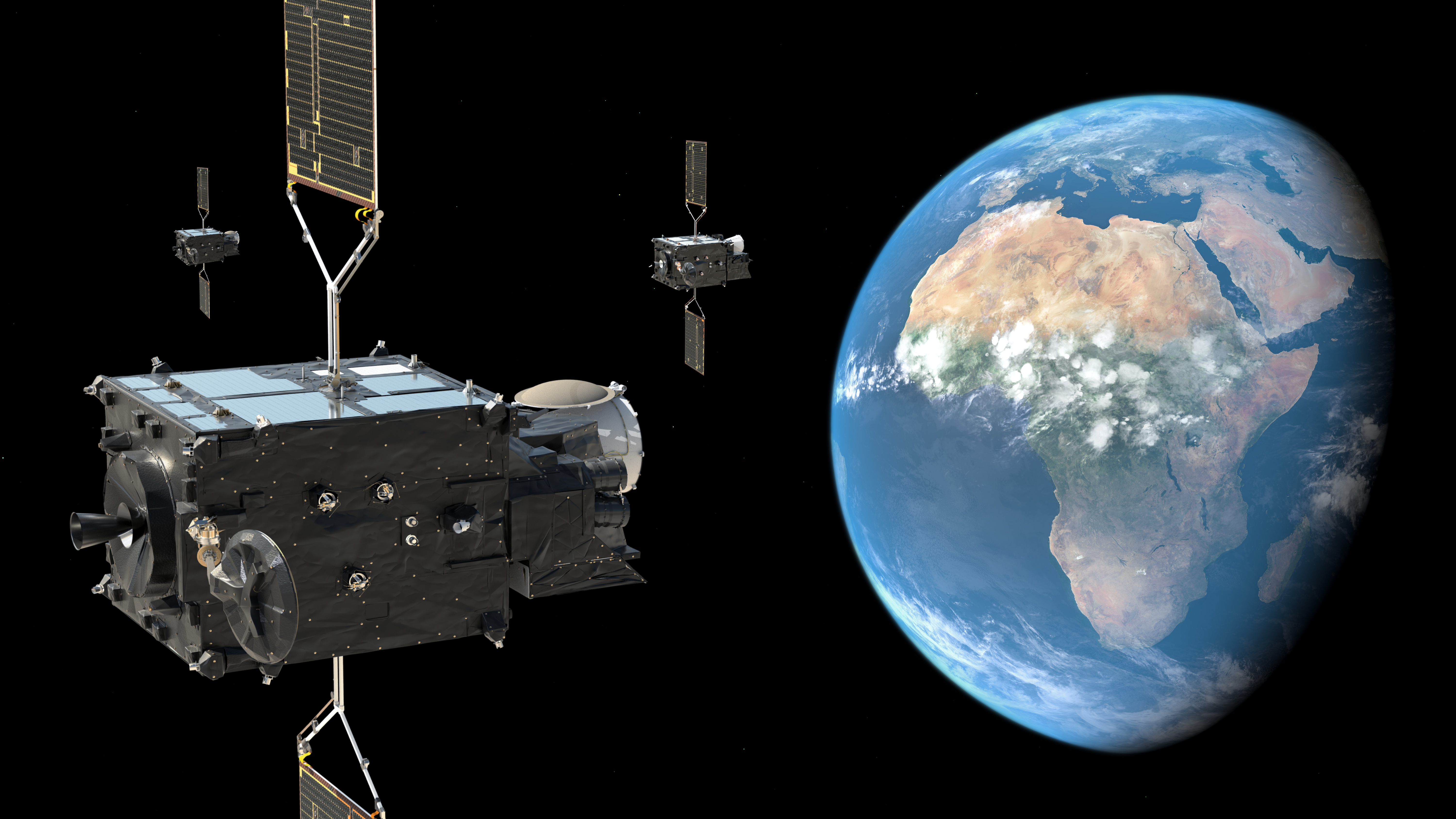

What is humidity and how is it measured?
What is humidity?
Humidity is the amount of water vapour, an invisible gas, in the air. Warm air can ‘hold’ more water vapour than cold air; in fact, air at 35°C can hold six times more water vapour than air at 5°C. All meteorological instruments measure the relative humidity (RH); this is the amount of water vapour in the air compared to the amount required to saturate it, given as a percentage - so completely saturated air has an RH of 100%.
It’s helpful to know what the humidity is. It can affect comfort levels – a hot day will feel oppressive and muggy if the air is very humid, and it may lead to heat stress because sweat cannot evaporate from your body to cool you down. If you know the humidity, you can tell if it is worth putting out the washing – even on a cold day, it will dry as long as the humidity is well below 100% and there is a breeze. And a cricket fanatic will even tell you a ball will swing more in high humidity – but recent research indicates that it’s a bit of an old lads’ tale.
How is humidity measured?
Instruments for measuring relative humidity are called hygrometers. The simplest hygrometer relies on the fact that when the RH is high, human hair gets longer – which can make for a bad hair day. Dial hair hygrometers are easy to read and will cost around £8-£15 online – even cheaper, but less accurate, are ones that use the expansion of a paper coil.
A traditional weatherman’s tool is the ‘wet and dry-bulb thermometer’ (or Mason’s hygrometer), which can be bought for £10- £20. Two identical thermometers are mounted side by side, but the bulb of one of them is kept wet by a wick dipping into a water reservoir. Evaporation from the wet bulb causes it to cool – you can demonstrate this by licking your finger and blowing on it - and the amount it cools depends on the humidity. So to measure the RH, we take the air temperature and the difference between the wet bulb and the dry bulb and use a table (supplied with the thermometer) to read off the RH.
Electronic sensors with digital displays now compare favourably in price with more traditional methods. This is because they usually come in tandem with temperature measurements. For example, a sensor that transmits data wirelessly to an indoor display can be found for £20-£30. But remember that just because the display shows RH to a precision of 1%, it doesn’t mean the accuracy is anywhere near this.





